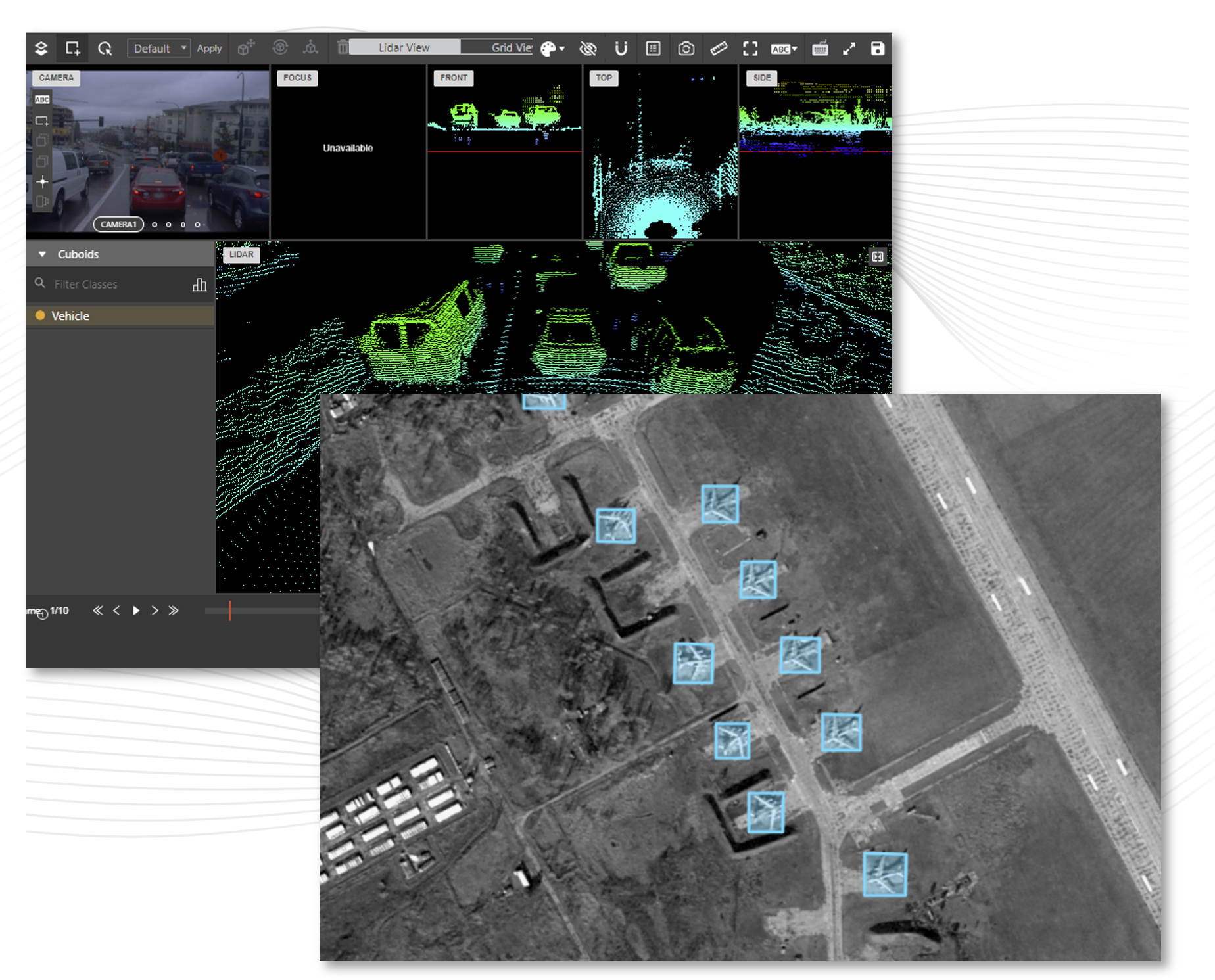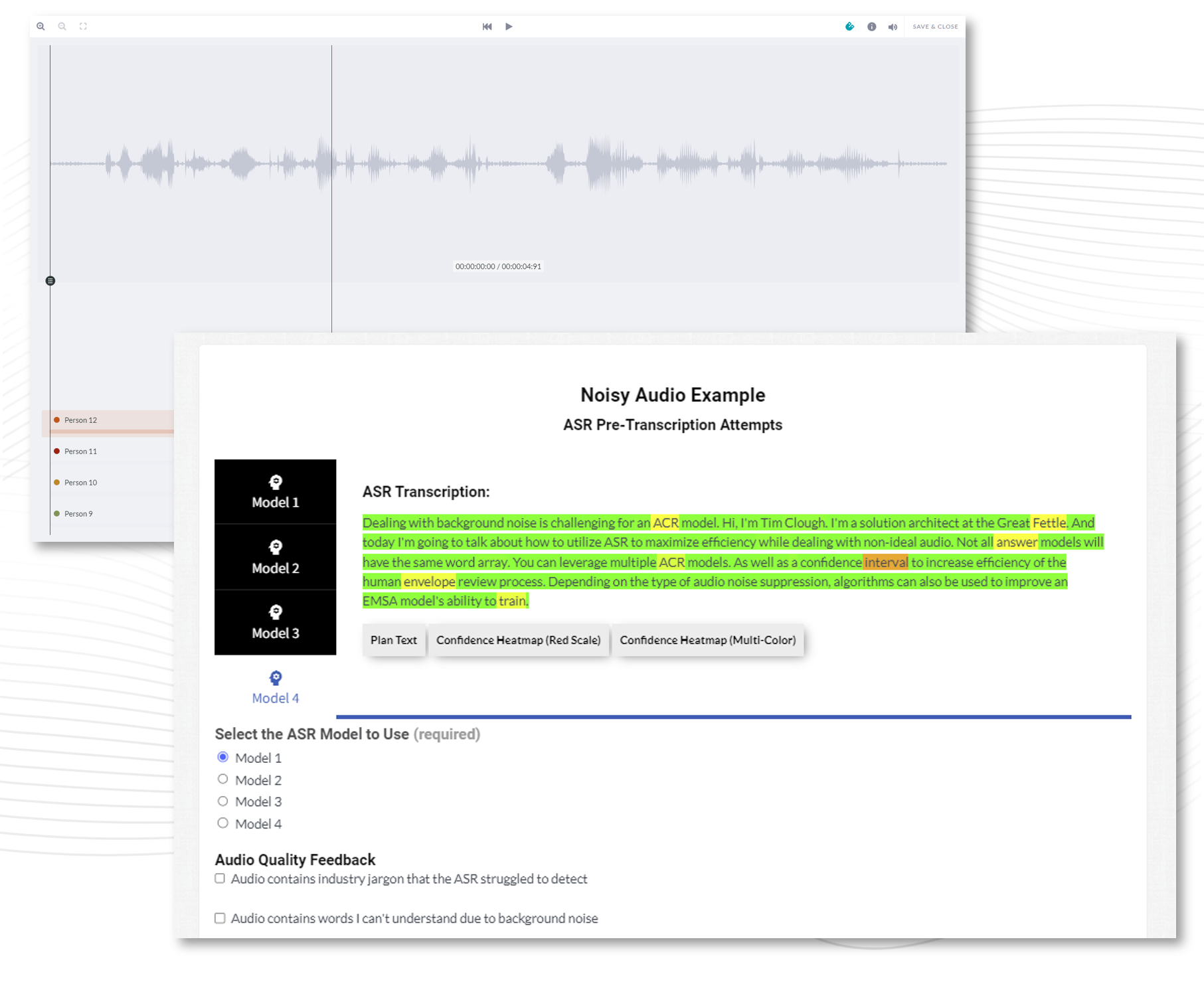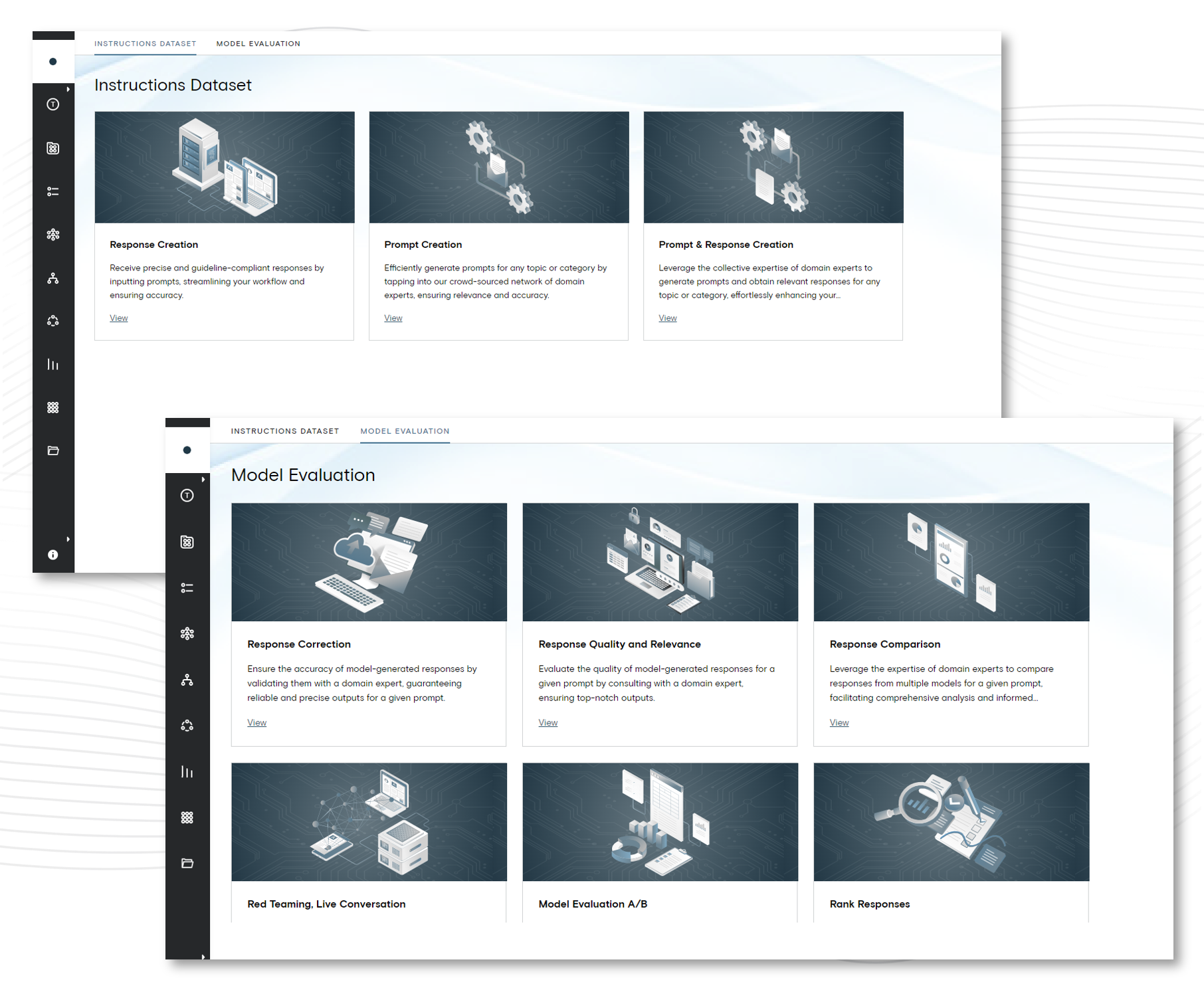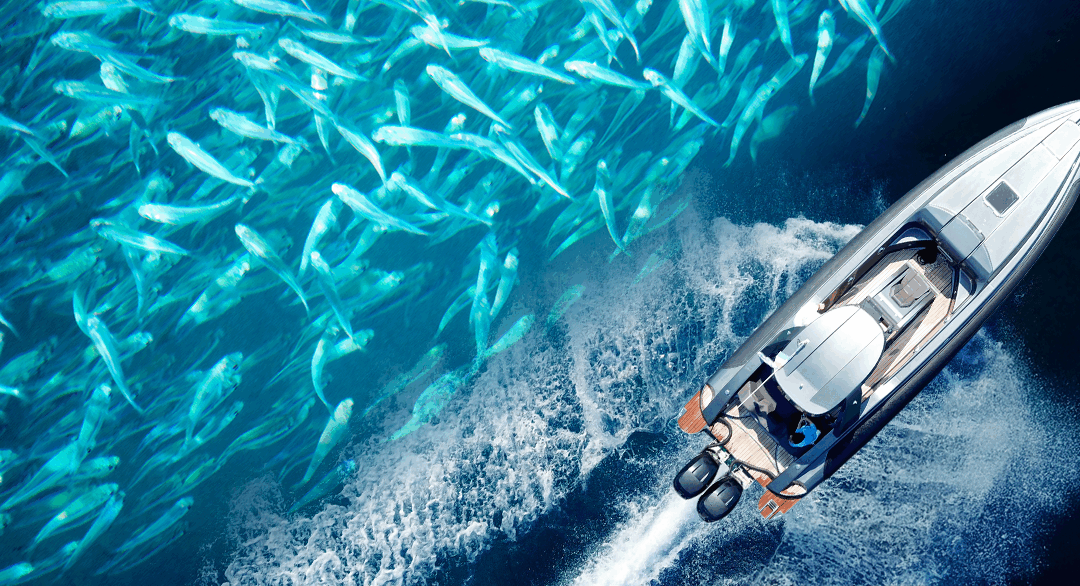As marine ecosystems face growing stress in today’s world, illegal, unreported, and unregulated (IUU) fishing remains one of the most serious threats to global fisheries, food security, and natural marine resources. International Fishing Agreements are designed to protect the fishing rights of coastal nations and preserve ocean biodiversity; however, enforcement of these laws remains difficult across the open waters. While many surveillance systems focus solely on vessel movement or satellite snapshots, they often miss the human behavior and logistical coordination that drive these operations. Vessel loitering, irregular rendezvous and landfall, and sudden course and destination changes can all signal signs of IUU activity, but without continuous and contextual data, these signals often go unnoticed.
The HYDRA AI Analytics Studio addresses these challenges by applying Human Domain Monitoring to the maritime environment, integrating geospatial intelligence, temporal analysis, mobile location data, and behavioral modeling into a single operational picture. Through rapid origin destination analysis and 24/7 monitoring, HYDRA equips analysts with the tools to track geofenced targets even when they may attempt to coordinate untraceable transshipments at sea. Many surveillance systems rely on AIS, which assumes vessels want to be seen, or optical imagery, which requires knowing where to look. But as satellite-based connectivity like Starlink brings cell coverage to open waters, mobile phones aboard vessels continue to emit GPS signals-signals HYDRA uses to uncover hidden activity, even when AIS is disabled and ships operate far from patrol routes. By leveraging device-level location data, dynamic geofencing, and behavioral modeling, HYDRA maps the full fishing ecosystem, from open water operations to inland infrastructure.
HYDRA also identifies high-risk behavior such as repeated device co-location and synchronized movement to track rendezvous between ships that may disable satellite tracking. Additional red flags could include prolonged loitering near protected zones, revealed through dwell-time analysis. Going beyond detection, HYDRA’s behavioral modeling illuminates what fishing vessels are doing, who they are interacting with, and how those patterns may change.
The HYDRA AI Analytics Studio drives robust site monitoring and analysis scenarios that track mobile device movements from known fishing vessels to inland depots, cold storage hubs, and processing plants, exposing the links between offshore fishing activity and specific commercial chains, and establishing clear connections between sea-based behavior and land-based operations. “HYDRA AI delivers the human‑centric intelligence needed to uncover hidden patterns in maritime operations, empowering authorities to act decisively against illegal fishing,” said Vinay Malkani, Chief Executive Officer of Figure Eight Federal.
When illegal operators practice obscure fishing patterns, evade satellite monitoring, and mask the location of their catch and sale, HYDRA helps governments detect the undetectable. As ocean economies expand and environmental pressures escalate, protecting marine resources demands tools that can equip governments to uncover the human dynamics behind vessel movement, driving informed intervention to enforce protections and preserve coastal waters for future generations.

Pranav Rajupalepu is a writer and designer focused on the role of emerging technologies in storytelling, cultural preservation, and human-centered systems. He holds dual Bachelor of Arts and Sciences degrees in English Nonfiction Writing and Digital Narrative & Interactive Design, with a minor in Film Studies, and is currently pursuing an M.S. in Computer Science at Georgia Tech. His work spans journalism, immersive media, and technical design, including projects on immigrant homelessness, human capital management, and Indigenous storytelling in the Amazon. Reach out at his LinkedIn.





